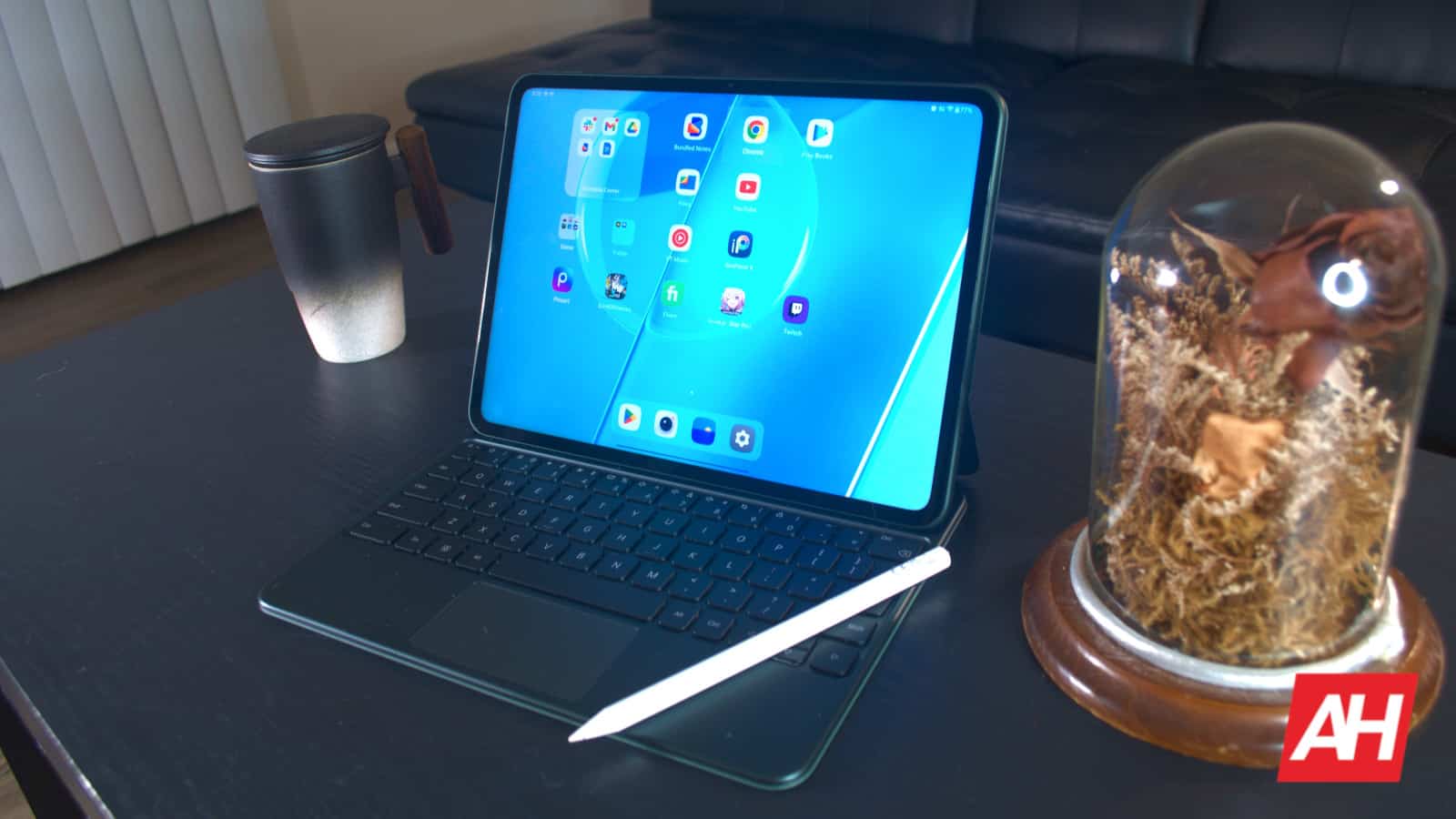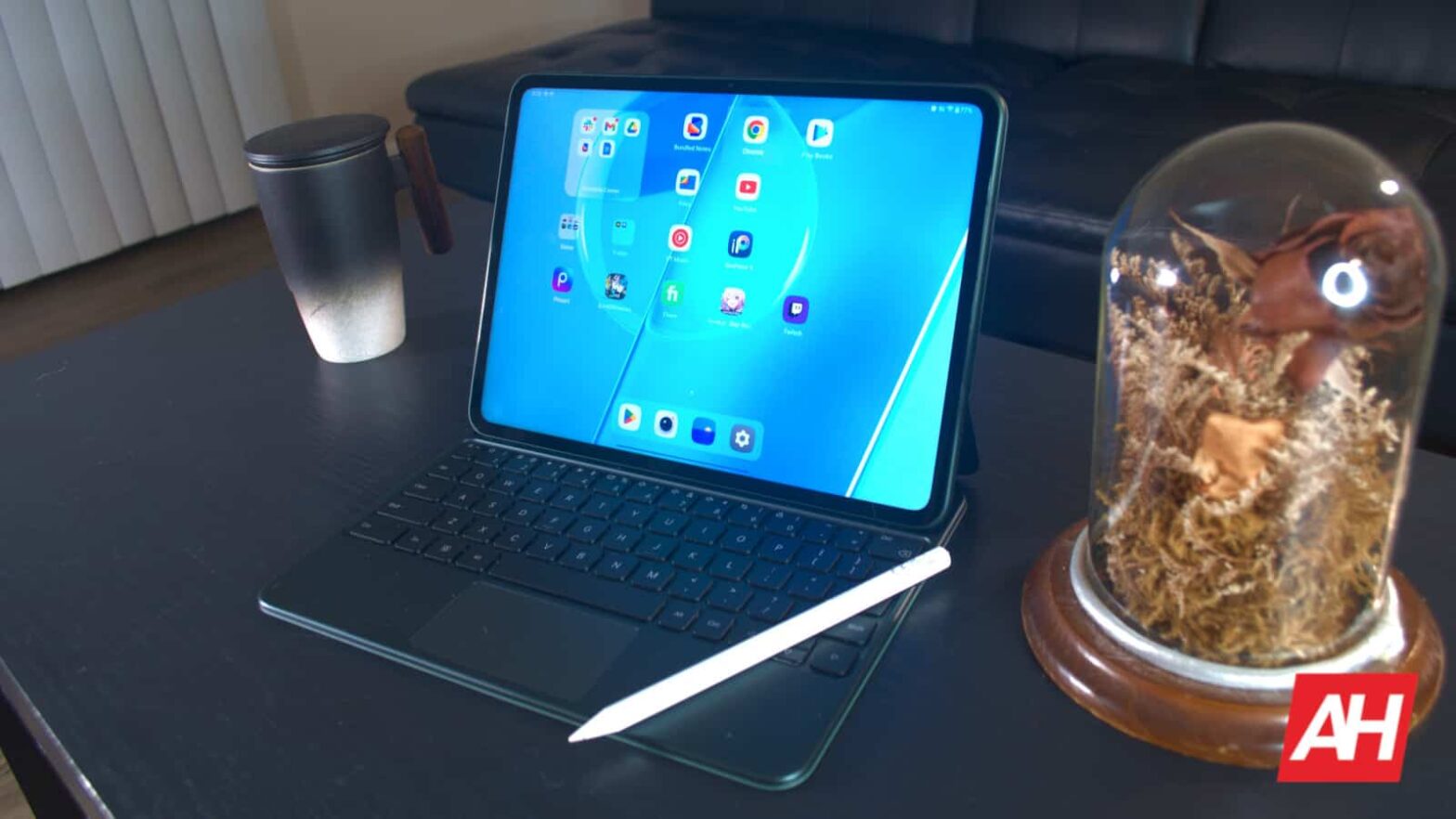We’ve been waiting for OnePlus to release a tablet, and that day has finally come. Now that the OnePlus Pad is out, you’re probably wondering what makes this tablet worth the money. Well, don’t worry, I’ll tell you the reasons why you should buy the OnePlus Pad.
This isn’t an official review of the device; you can read the review right here. Instead, I’ll be going over the best aspects of this tablet and why it should be in your tech collection. If you want to know why you shouldn’t buy this tablet, click here.
Why you should buy the OnePlus Pad
So, let’s get started. There’s actually a lot to love about this tablet, so there’s a pretty good list of positives for this device.
The display
Starting off with probably the best aspect of this tablet, the OnePlus Pad has an absolutely gorgeous display. OnePlus has always been the brand to give their devices nice displays, and the OnePlus Pad is no different.
Let’s start off with the resolution. A lot of tablets on the market have 1080p+ displays (around 1920 x 1200), and some of the pricier ones have WQXGA displays (around 2560 x 1600). The latter is like the tablet equivalent of 1440p. The OnePlus Pad has a display with a resolution of 2880 x 2000. That’s 40% more pixel-dense than a WQXGA display of the same size.
The pixel-dense display is only helped by the pleasant use of color. The way that the display is tuned really matches the aesthetic of the software. The colors pop as colors do on OLED displays, but they keep from going overboard. It strikes a good balance that I really like.
I can’t talk about the display without talking about the 144Hz refresh rate. Gliding through the software is so silky smooth and pleasant to the eyes. The combination of the resolution, colors, and refresh rate strikes an amazing balance.
The screen aspect ratio
It seems weird to give the aspect ratio its own section, but it really stands out compared to other tablets. The OnePlus Pad has a unique 7:5 aspect ratio. The company calls it the ReadFit display, and it’s geared toward presenting reading material in a more comfortable manner.
If you see it in portrait mode, it’ll look like someone took a typical tablet and stretched it upward. It’s a lot more square compared to other Android tablets. It’s similar to iPads but just a bit longer length-wise.
This aspect ratio really boosts the reading experience if you’re using it for e-reading. I tested reading textbook pages and reading books on both Kindle and Google Play Books, and compared the experience to my Honor Pad 8. I much preferred the OnePlus Pad’s aspect ratio. The aspect ratio is close to that of a sheet of notebook paper, and that makes reading documents much more natural-feeling.
Gaming (when optimized)
So, the story of the gaming performance is a little weird. Out of the box, the gaming performance is good but not the best. The tablet tackled 2D games without any trouble and all but the best-looking 3D games. Obviously, that list includes Genshin Impact.
However, you have the ability to utilize the processor to its fullest potential and boost the gaming performance. When you do that, you’ll see a big difference. With this mode enabled, I was able to play the nice-looking Star Rail without any stutters. With Genshin Impact, it ran very smoothly with only minor stutters that were few and far apart. This is with all of the graphic settings maxed out, as well.
The front-facing camera
Now, companies don’t really give their tablets good cameras, as people don’t really use them as their main photography devices. The rear-facing camera on the OnePlus Pad is pretty bad, but the one up front is actually pretty good.
It’s not quite good enough to outshine a phone with a decent selfie camera, but it’s more than good enough for video calls. I was actually impressed when I activated the selfie camera. Even on the large display, the picture was pretty crisp. Using this tablet for your video calls will definitely look better than what you’ll see with most laptops.
The software
There are two sides to the software story, and the first one is the operating system. As you know, Google has been working on making Android a better operating system for tablets over the past couple of years. The OnePlus Pad has Android 13, so the software is intrinsically suited to work on larger screens.
Since the OnePlus Pad uses an Android skin, and since this is OnePlus‘ first tablet, one wouldn’t expect the experience to be as seamless as it is. However, OnePlus did a great job implementing the tablet optimizations into OxygenOS. All of the animations run smoothly and all of the apps and UI elements scale perfectly to fit the screen and its radical screen ratio.
The second side is the Android skin. The OnePlus Pad runs on OxygenOS 13, and it comes with a handful of neat customization options that let you tailor the software to your liking. It’s impressive how many customization options you have.
You have basic options like applying the wallpaper colors to your theme, adjusting the font size, and choosing the home screen animations. However, the company goes even deeper with its customizations. Not happy with the speed of the animations? Well, you can change them.
These tools really shine when adjusting the app icons. You have your choice between five different app icon shapes, and you can adjust how rounded the corners are on the first option. Not only that, but you can dial in the exact size of the icons as well. You also adjust the size of the app names and even disable them altogether.
The Stylus support
Given that the aspect ratio is closer to what you’d get with a piece of paper, you can imagine that drawing, writing, and signing documents is a breeze. This is why it’s great that this tablet comes with stylus support. You can add on the OnePlus Stylus if you’re looking to use this as an art station.
The stylus works well with the display, and I was able to draw on it pretty easily. It’s an additional purchase, but it’s worth it if you’re looking into getting the OnePlus Pad.
The RAM usage
When it comes to productivity, the OnePlus Pad comes with 8GB of RAM. That’s pretty standard for flagship tablets, but you can increase it by another 4GB using your onboard storage. So, you can boost the RAM up to 12GB if you really need it. Using the tablet, it really shows.
The price
Lastly, we get to the price. The OnePlus Pad costs a cool $479. That’s less than several premium mid-range phones on the market. At this price, it undercuts some of the more premium Galaxy Tabs and iPads. It reaches a great middle ground between affordable and capable, and you won’t feel cheated by your purchase.
Conclusion
So, these are the primary reasons to buy the OnePlus Pad. If you’re looking for a beautiful display, well-optimized software, a great reading experience, great RAM management, and a nice front-facing camera, then you should pick it up.
Pre-order the OnePlus Pad
The post Why you should buy the OnePlus Pad appeared first on Android Headlines.

Source: ndroidheadlines.com
